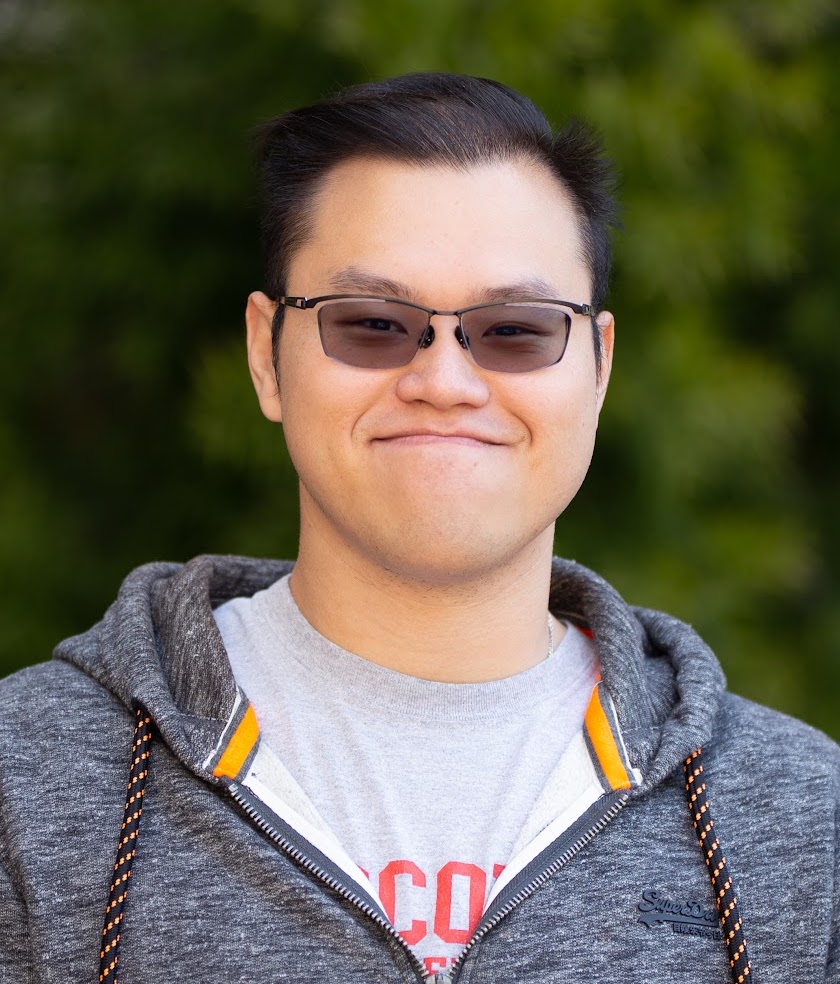
The UCSB facility is like the Holy Grail of cleanrooms
Matthew Wong, a UC Santa Barbara assistant project scientist who earned his PhD with UC Santa Barbara professors Shuji Nakamura and Steven DenBaars, visited numerous cleanrooms recently while traveling the country to interview for faculty positions. Someone who worked at one of them and learned where Wong was from said to him, “The UCSB facility is like the Holy Grail of cleanrooms.”
For his graduate research, Wong worked to eliminate an inefficiency in micro-LEDs, which he calls “the next generation of display technology.” The lights are tiny, as their name suggests, and the semiconductor’s light-emitting layer is susceptible to being damaged during fabrication, thereby reducing efficiency. “You define the lighting area, which has a diameter smaller than that of a human hair, by etching with plasma to remove materials,” he explains. “Plasma etching works by placing a material sample between two plates and fl owing gasses into the area. When a voltage difference is applied between the plates, the gas is ionized and hits the sample, performing the etching action.” In his research, Wong employed different methods — and has developed recipes for them — to mitigate the effects of that damage and, thus, recover the efficiency of the micro-LED. Nanofab work is all about scale, which is why everything needs to be so clean, and why users wear protective white “bunny” suits. “My work requires an environment largely free of particles to eliminate any chance of contamination, which can cause irregularities and variations on the wafer,” Wong says. “At the micron scale, there is not much room for error.”